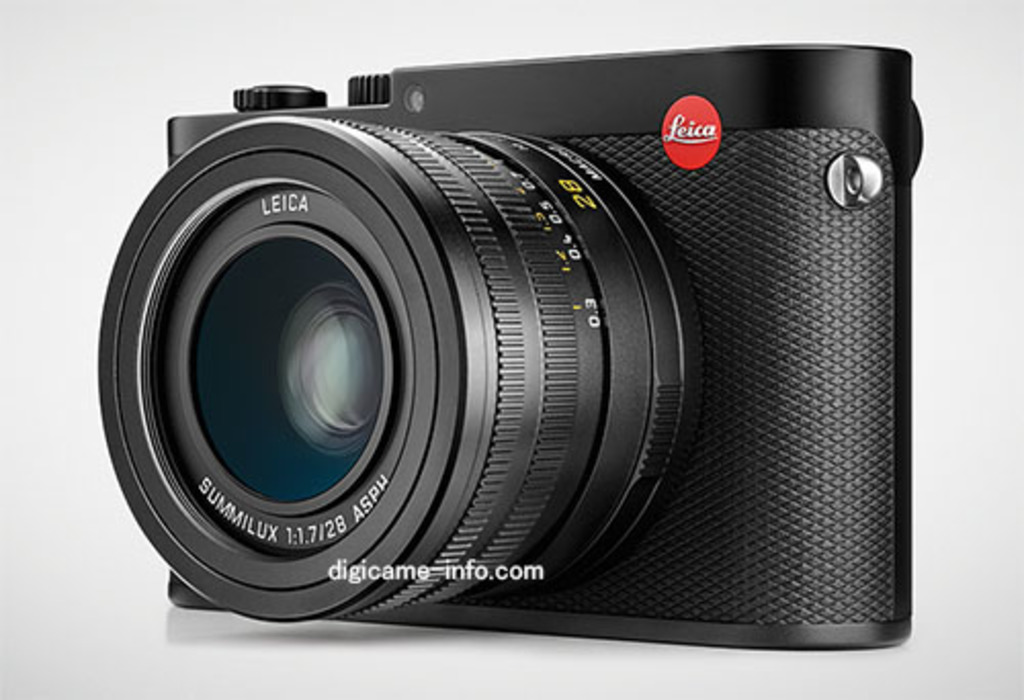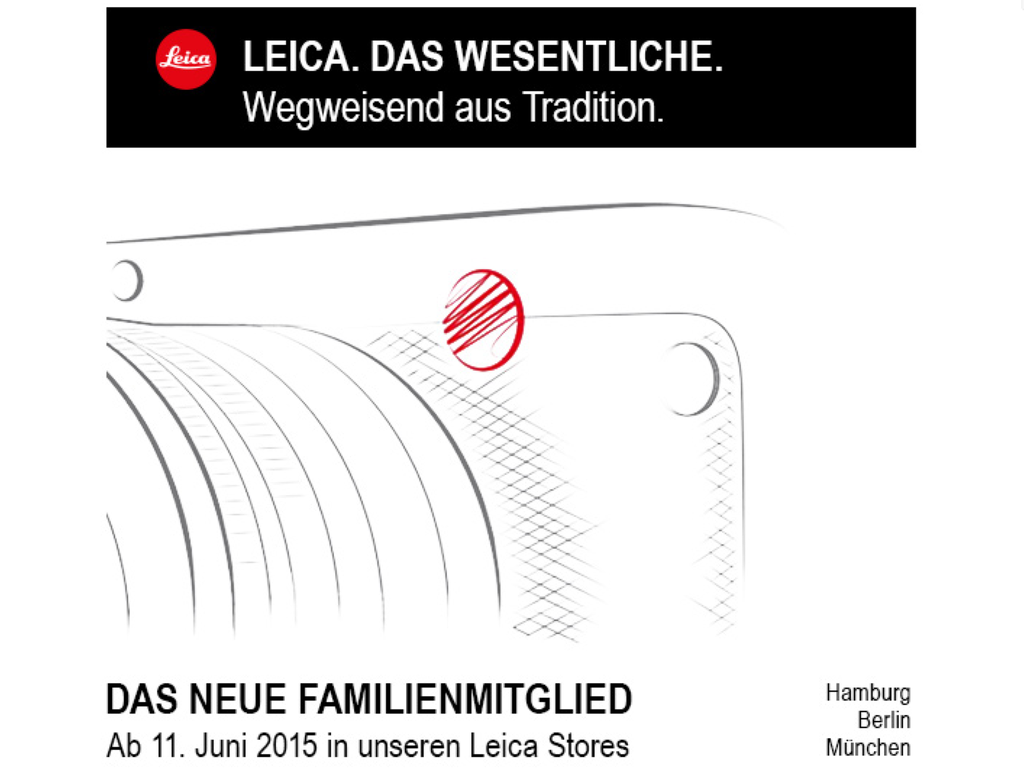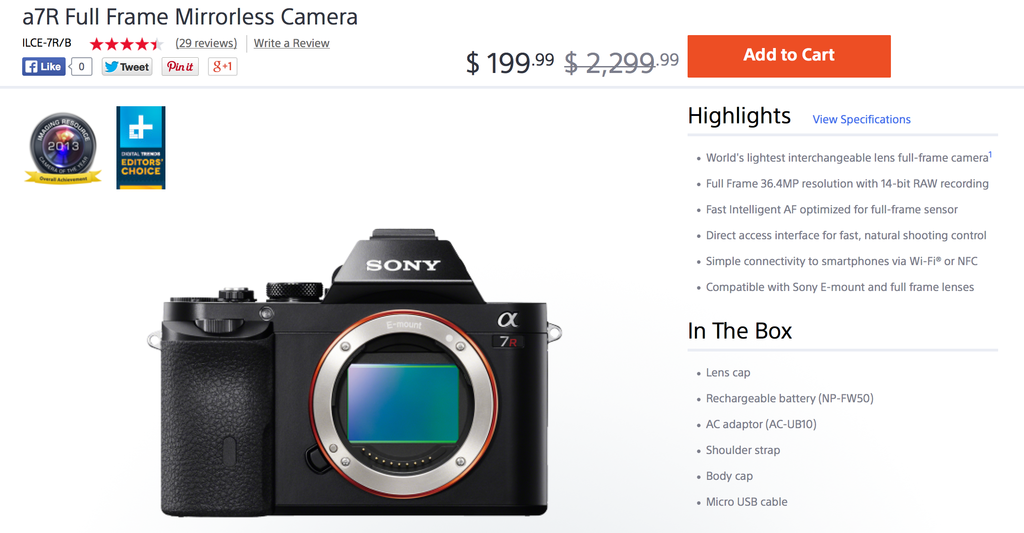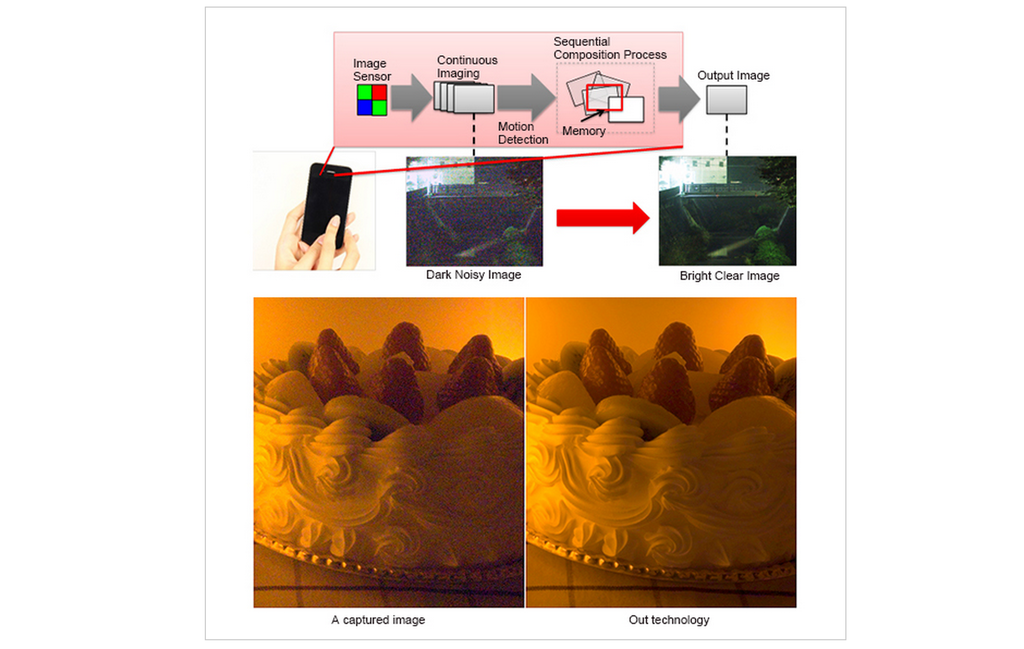First image and full specs of the new Leica Q fixed lens Full Frame camera!

On June 10 Leica will announce the new Leica Q camera and this is the first image leaked by Digicameinfo.
– Summilux 1: 1.7 / 28mm ASPH
– 24MP CMOS full-size sensor
– Made in Germany
– Video Full HD
– Wi-Fi built-in
– Remote control possible from smartphones and tablet
– The top of the cover is machined aluminum
– The body is magnesium
– Touch panel
– Focus peaking
– Live View zoom
– EVF is 3.68 million dot
– Image processing engine new Maestro II
– Continuous shooting up to 10 frames / sec.
– Highest sensitivity ISO50000
Announcement on June 10 afternoon (European time).




